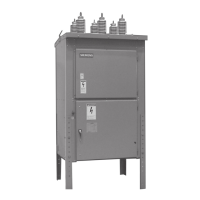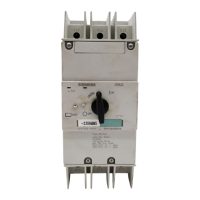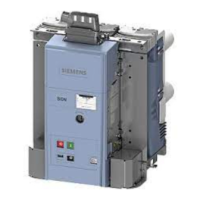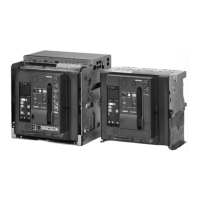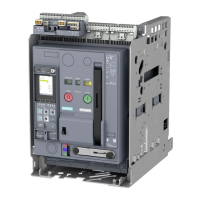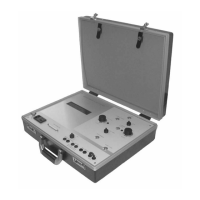Installation
Introduction
This section provides a description of the
inspections, checks and tests to perform
on the type SDV6 distribution circuit
breaker prior to operation.
Inspections, checks and tests without
control power
Type SDV6 vacuum circuit breakers are
normally shipped with the primary
contacts open and the springs discharged.
However, prior to starting the inspection
process, it is critical to first verify that the
control power is de-energized, the spring-
loaded mechanisms are in the discharged
condition and the circuit breaker main
contacts are open.
De-energizing control power in a power
circuit breaker
To de-energize the control power, open the
disconnect device in the low-voltage
compartment. Figure 6: Low-voltage
compartment presents the location of this
disconnect in a standard type SDV6
distribution circuit breaker.
The control power disconnect device is
located on the control panel in the low-
voltage compartment.
Figure 5: Type SDV6 distribution circuit
breaker with interphase barriers and
bushing current transformers installed in
primary compartment on page 17 shows a
knife switch with fuses. Opening the knife
switch de-energizes control power to the
circuit breaker. In some circuit breakers,
pullout type fuse holders or molded-case
circuit breakers are used in lieu of knife
switches. Removal of the fuse holder or
opening the molded-case circuit breaker
accomplishes the same result: control
power is disconnected.
Spring discharge check (refer to Figure
6: Low-voltage compartment on page
19)
1. De-energize control power.
2. Press red open button on the operating
mechanism.
3. Press black close button on the
operating mechanism.
4. Again press red open button on the
operating mechanism.
5. Verify spring condition indicator shows
DISCHARGED.
6. Verify main contact status indicator
shows OPEN.
Physical inspections
1. Verify the rating of the circuit breaker
is compatible with the system.
2. Perform a visual shipping damage
check. Clean the circuit breaker of all
shipping dust, dirt and foreign
material.
Hazardous voltages and high speed moving parts.
Will cause death, serious injury or property damage.
Read instruction manuals, observe safety instructions and use
qualified personnel.
18
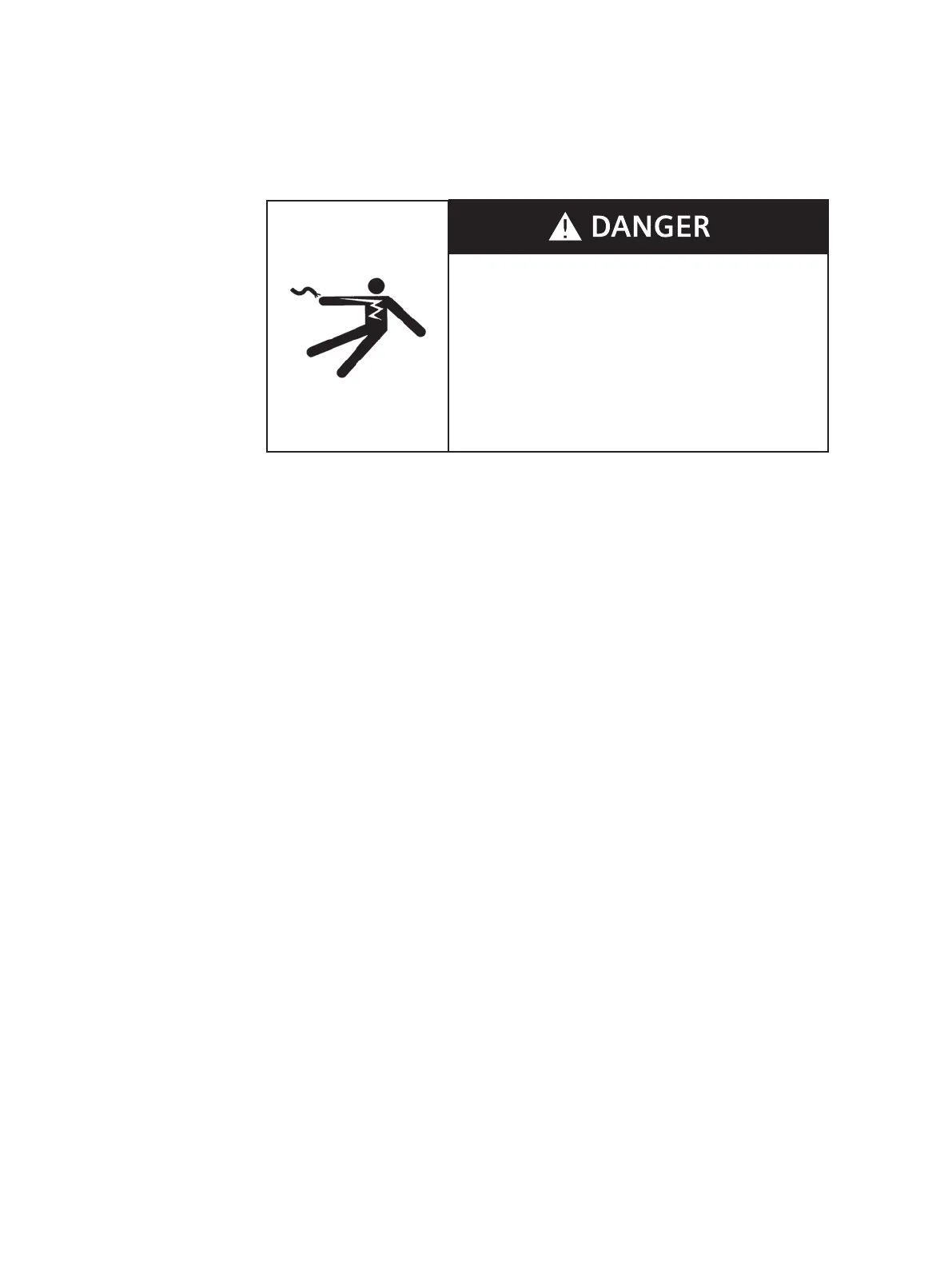